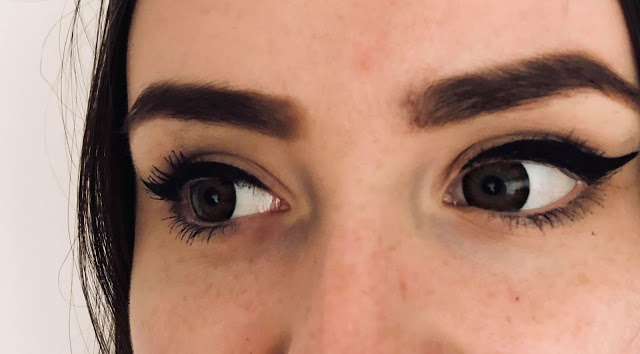

Persons with albinism have very little or no melanin in the iris. These people make up about 9% of the U.S. Nevertheless, green eyes are common in a few parts of the world, like Ireland and Scotland.

Green eyes:Īpproximately 2% of the world's population has green eyes, making it the rarest eye color. The collagen is scatted by light to make the eyes look gray. The gray-eyed have little or no melanin in their iris but have more collagen in the stroma part of the eye. More people living in Asian, South American, Spanish, and South Africa are more likely to be amber-eyed Gray eyes:Ĭlose to 3% of people in the world have gray eyes. Amber eyes:Īmber eyes have a little more melanin than hazel eyes, and still account for approximately 5% of the population. Hazel eyes are most common in North Africa, the Middle East, Brazil, and Spain. Hazel eyes:Ībout 5% of the world’s population and 18% of Americans have hazel eyes - a mixture of green, gold, and orange. Scientists believe that all blue-eyed people can be traced back to a common ancestor, who probably had a genetic mutation that reduced their melanin in the iris. Blue eyes:Ĭlose to 8%-10% of people have blue eyes, with the US having a percentage of around 27%. and a higher population in Africa, and Asia are brown-eyed. In fact, the American Academy of Ophthalmology (AAO) claims that everyone on the planet had brown eyes around 10,000 years ago. Eye Color Percentage Around the Worldīrown eyes: Estimates show that 70%-80% of the world’s population have brown eyes. Many babies born with blue eyes experience a change in color as more pigment develops within the first three years. Instead, they have less melanin, absorb less light, scatter more light and reflect it along the spectrum of light color.Īn iris with little melanin appears blue, while those with more little melanin appear green or hazel.Įye color may not remain constant throughout your life. Non-brown eyes have no different color pigments.


 0 kommentar(er)
0 kommentar(er)
